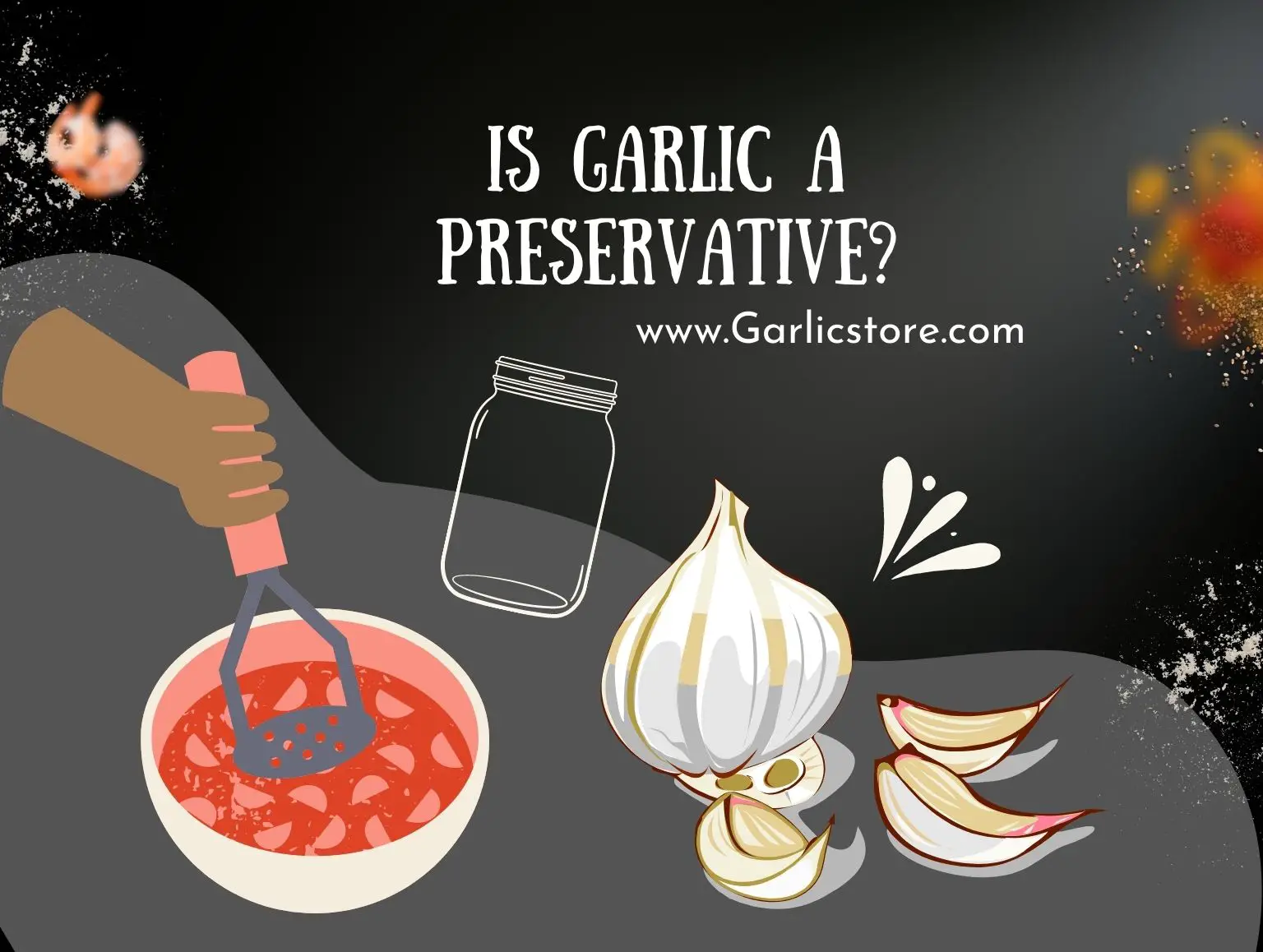Over the years, Allium sativum, popularly known as garlic, has been utilized for both its health-boosting properties and as a flavor-enhancing ingredient in meals. Nowadays, people are showing a growing interest in using more natural methods for preserving food items including meat, particularly without the use of chemicals. This write-up explores the potential of garlic as an efficient preservative, specifically its role in preventing meat spoilage and its impact on our health.
Natural Food Preservatives
Chemicals and additives in processed food have been linked to a range of health concerns, including contributing to higher risks of cancer. Therefore, there is an increasing demand for food products that are free from these chemicals. Natural preservatives can be used as replacements – they help increase the shelf life of foods without posing any risk or harm to our bodies.
Contaminated Chicken Legs
Contaminated chicken legs are a frequent cause of food-related illnesses, especially from the coli bacteria. With their high moisture content, skinless chicken legs are susceptible to rapid bacterial growth and spoilage – making preservatives an essential tool in reducing the chance of getting sick from contaminated meat. By using effective preservatives on all types of poultry, we can ensure safer meals for everyone!
Garlic as a Meat Preservative
A plethora of research has been conducted to determine the efficacy of garlic as a natural meat preservative. In one noteworthy experiment, it was observed that adding garlic powder to chicken legs effectively inhibited bacterial growth and preserved them from spoilage at a temperature of 4°C. These exciting results demonstrate that this traditional ingredient can help keep meats fresh for longer!
In a different study, garlic extract was employed as an all-natural preservative in untreated meat. The results showed that the use of this natural additive delayed bacterial growth and spoilage in treated legs which resulted in longer shelf life without compromising on their sensory characteristics.
Garlic’s Antibacterial Properties
Allium sativum, commonly known as garlic, has been widely recognized for its innumerable advantages to human health. Not only does it possess strong antibacterial characteristics that successfully combat multiple bacteria such as E. coli and Staphylococcus aureus, but also functions well as a natural preservative in meats by inhibiting bacterial growth and prolonging shelf life. To top it off, studies have demonstrated the capacity of garlic in achieving healthy blood pressure levels while reducing cardiovascular disease risk.
Fresh Garlic is Preferred
For health and taste, chefs reach for fresh garlic instead of the powdered or extracted versions. Its higher potency provides a broader array of protective elements as it preserves meats, while also adding delicious flavor that consumers adore.
Natural Preservatives Enhance Food Safety
Utilizing natural preservatives such as garlic in food products can not only reduce the risk of dangerous foodborne illnesses, but also greatly enhance overall food safety. Meat products that incorporate this effective and safe preservative have a decreased chance of bacterial growth or spoilage, helping to protect consumers from harmful risks associated with eating unsafe foods.
Chemical Preservatives vs. Natural Preservatives
The potential consequences of chemical preservatives on human health remain unclear, which is why choosing natural preservatives such as garlic can be a much more secure and viable alternative. Garlic has the capability to reduce microbial growth and spoilage while still remaining safe for ingestion – making it an ideal choice in food preservation.
Garlic Prevents Bacterial Growth in Non-Treated Meat
Unprocessed meat can be a breeding ground for bacteria, increasing the chances of foodborne illnesses. To decrease this risk and keep raw meat safe to consume, natural preservatives such as garlic should be employed. This not only prevents bacterial growth but also helps maintain optimal safety levels when eating non-treated meats.
Garlic’s Effectiveness Against a Wide Range of Bacteria
An abundance of research has confirmed and validated the remarkable antimicrobial potency of garlic – it is effective in combatting a vast selection of infective bacteria. That makes garlic an excellent natural preservative, especially with regards to meat-based products.
Storage Time and Titratable Acidity
The shelf life of food items is an essential factor in ensuring safe consumption and hindering spoilage or bacterial formation. Using natural preservatives, such as garlic, can extend the storage duration of edibles and protect them from spoiling even when stored for longer time periods. Titratable acidity gauges the acidic content found within certain foods – often used to evaluate if garlic has a positive impact on stopping bacteria increase or shielding against spoilage. Studies have shown that titratable acidity provides information about how successful using garlic as a natural preservation method really is!
Swabbing Individually and Experimentally Contaminated
Researchers use chicken legs to assess the efficiency of garlic in protecting against bacterial growth and spoilage. Firstly, they swab each leg with a mixture containing bacteria so as to guarantee equal distribution throughout. Next, they also contaminate experimentally-selected legs with bacterium suspension before incubating them on nutrient agar plates for further evaluation of garlic’s disinfectant capabilities.
Further Research and Recommendations
Numerous studies have demonstrated garlic’s efficacy as a natural preservative for meat, and its ability to prevent bacterial growth in numerous food items. To gain greater insight into the potential of this remarkable herb as a prservative, further research is warranted; yet The Kansas Academy of Nutrition and Dietetics advocates using natural preservatives like garlic in food products to ensure safety from harmful bacteria while simultaneously reducing the likelihood of developing foodborne illnesses.
In Conclusion
Garlic can be used as a natural preservative in food products, particularly in preventing meat spoilage and reducing the risk of foodborne illnesses caused by pathogenic bacteria such as E. coli and Staphylococcus aureus. The use of garlic as a natural preservative can provide additional health benefits while reducing the risk of chemical preservatives in food products. Fresh garlic is preferred to garlic powder or extract as a natural preservative due to its potency and broader range of antimicrobial activity.

